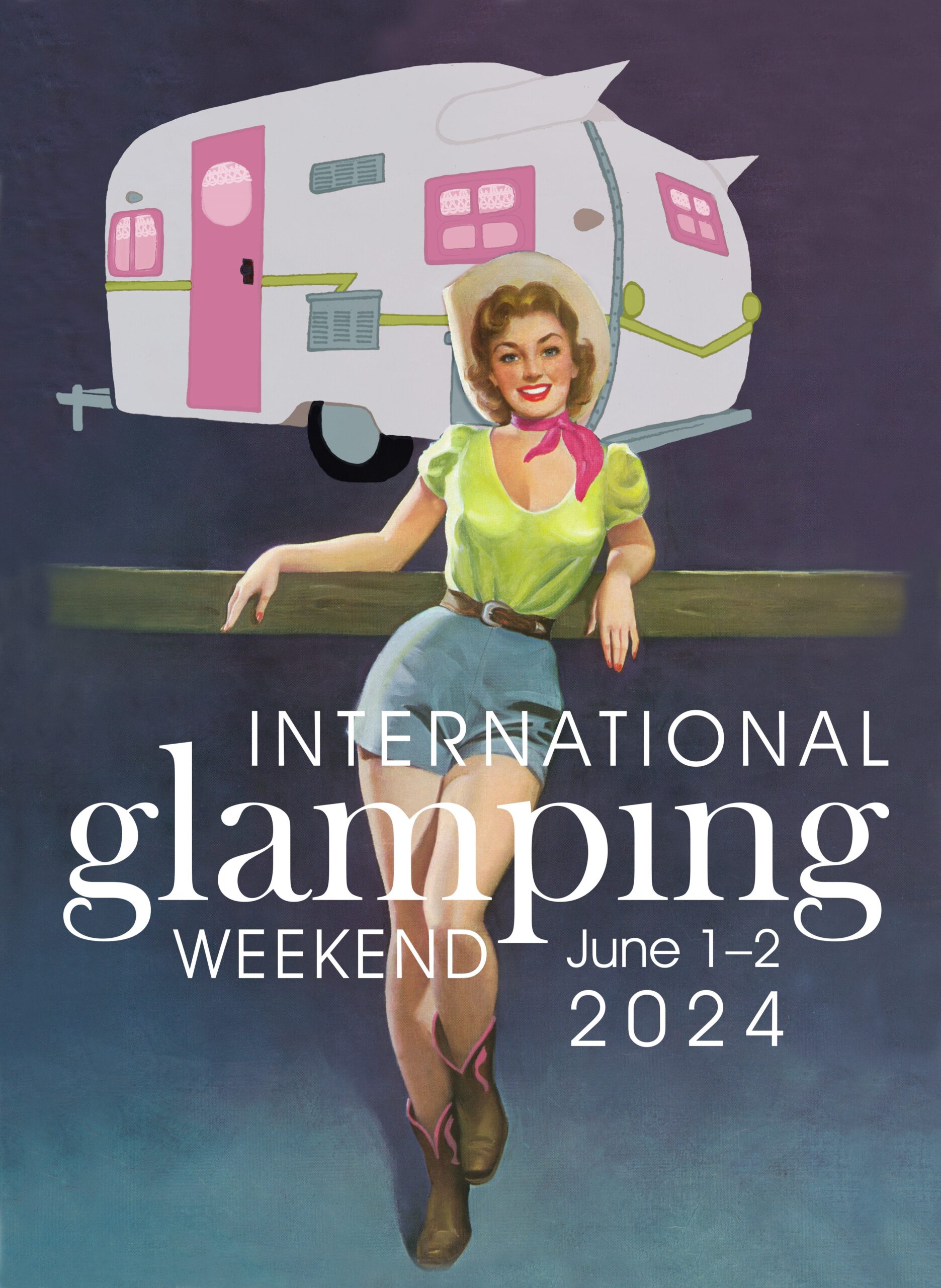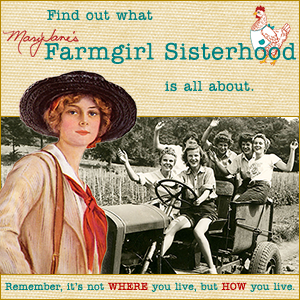To celebrate the season of harvest, let’s get away to the magnificent moorlands of the Scottish Hebrides …

Photo by Tony Kinghorn via Wikimedia Commons
where the bracken is turning bronze

Photo by Christine Howson via Wikimedia Commons
and ripe, red rowan berries decorate the hedgerows.

Photo by Walter Baxter via Wikimedia Commons
It’s nearly time to collect the crops!
Once ashore, we’ll take a turn back in time to the harvests of old …

The Harvest Cradle by John Linnell, 1859, via Wikimedia Commons
Nineteenth century Scottish folklorist Alexander Carmichael painted a vivid picture of the traditional Hebridean harvest ceremony, which commenced yearly on Michaelmas, the feast of Saint Michael, on September 29:
“The day the people began to reap the corn was a day of commotion and ceremonial in the townland. The whole family repaired to the field dressed in their best attire to hail the God of the harvest. Laying his bonnet on the ground, the father of the family took up his sickle, and facing the sun, he cut a handful of corn. Putting the handful of corn three times sunwise round his head, the man raised the Iolach Buana, the reaping salutation. The whole family took up the strain and praised the God of the harvest, who gave them corn and bread, food and flocks, wool and clothing, health and strength, and peace and plenty.”
I can just imagine being a part of that celebratory scene, gussied up in linen and lace, and working well into the night by the light of a harvest moon …

The Harvest Moon by Samuel Palmer, c. 1833, via Wikimedia Commons
A farmgirl fantasy!

Gleaning by Arthur Hughes, 1832-1915, via Wikimedia Commons
The “gleaning” at the end of the corn harvest, depicted in the painting above, was as much cause for celebration as the first cutting, and it had its own special ritual. When all the fields were harvested, a young woman would cut the last sheaf, which was considered the last refuge for the harvest spirit. The sheaf was then braided and shaped into a Corn Maiden (also called a Kirn Baby or Corn Dolly). The doll would grace the table at the harvest feast, where she was toasted merrily, and would then be hung with honor in a farmhouse kitchen or local church.

Photo of a Kirn Baby or Corn Dolly by Miss Steel via Geograph.org.uk
One of the special culinary centerpieces of this feast was struan bread, or Michael’s Bannock, made by combining all types of grain from the farm with butter, eggs, and sheep’s milk. The loaf was marked with a cross and baked on a stone over a fire of oak, rowan, and bramble wood. You can recreate traditional Scottish struan using the lovely recipe at LeeandJay.wordpress.com.

Photo by Heather “Moria” via Wikimedia Commons
With our bellies full of bannock, we could settle here a while, don’t you think? Autumn is, after all, “a good time for staying.” Linger a bit upon this 11th century poem written by an unknown Celtic author, and you’ll see what I mean …
A good season for staying is autumn;
there is work then for everyone before the very short days.
Dappled fawns from among the hinds, the red clumps of the bracken shelter them;
stags run from the knolls at the belling of the deer-herd.
Sweet acorns in the wide woods, corn-stalks around cornfields over the expanse of brown earth.
There are thorn-bushes and prickly brambles by the midst of the ruined court;
the hard ground is covered with heavy fruit.
Hazel-nuts of good crop fall from the huge old trees on dykes.

Photo by Ian Capper via Wikimedia Commons
Ah, well, the time has come—I must get back out outside, amongst my own fair fields. I’d love to hear how the harvest is coming along in your neck of the woods. Any thoughts of a hosting a harvest celebration?



























































































 Few of us would hear exactly the same “soundscape,” but rarely do we think about how sounds characterize the surroundings we call home. How fun would it be to eavesdrop on one another’s auditory environments? And imagine if we could listen our way all the way around the world!
Few of us would hear exactly the same “soundscape,” but rarely do we think about how sounds characterize the surroundings we call home. How fun would it be to eavesdrop on one another’s auditory environments? And imagine if we could listen our way all the way around the world!













In the October issue of Early American Life, I was reading that the early colonists did not come with harvest traditions. It was the local Indians who had such traditions in place . Colonists in Jamestown came here to create cash crops and figured they would get garden foods from making friends with the Indians. Up in Plimouth, the Puritans were against any sort of celebrations , especially mimicking those of the Indians who had various “gods ” to thank for certain harvest. Even after a hundred years of colonial prosperity, harvest celebrations took time to take root here. Apparently, according to historian Leo Marx, harvest celebrations were a reaction in America to industrialization and urbanization in the mid 1800s . It was here that people began to yearn for the idyllic rural past , and harvest celebrations began to take root. Isn’t that so weird? I mean we all thought the first Thanksgiving deal was a real harvest celebration by Americans. While is was , it was not until 1941 that President FDR set aside the 4th Thursday into law as Thanksgiving Day. The Celts had this one all figured out centuries before us!! I wonder what that loaf of bread really tastes like??
What a poetic start to our days, MaryJane! We all romanticize the rural lifestyle but this post was delightful. headed outside to continue my own harvest but will post 2 wonderful British fall poems when I come in later.
Looking forward to them!
Loooooong harvesting day -it’s nearly 7Pm here in Lancaster County PA-just came in for dinner-comfort food- tuna noodle casserole. First of all I wanted to say it was great to finally out what Bannock really is. Read about it in various books for years but always assumed it was some sort of shortbread, which the Scots excel at.
Ok, here are the poems, no titles, figure that they are called Autumn?
Season of mists and mellow fruitfulness!
Close bosom-friend of the maturing sun,
Conspiring with him to lead and bless
With fruit the vines that round the thatch-eaves run,
To bend with apples the moss’d cottage-trees,
And fill all fruit with ripeness to the core,
To swell the gourd, and plump the hazel shells
With a sweet kernel, to to set budding more
And still more, later flowers for the bees,
Until they think warm days will never cease,
For summer has o’er-brimmed their clammy cells
-John Keats –
The autumn’s wind on suthering wings
Plays round the oak-tree strong
And through the hawthorn hedges sings
The year’s departing song
There’s every leaf upon the whirl
Ten thousand times an hour,
The grassy meadows crisp and curl
With here and there a flower
There’s nothing in this world I find
But wakens to the autumn wind.
– John Clare-
These 2 poems of autumn are so evocative, don’t you think?
I think I like John Clare’s “autumn” poem best. But both are BEAUTIFUL. I can’t get a handle on the word suthering. Any idea?
Tuna Noodle Casserole? TOTAL comfort food!
MaryJane, according to my 1952 edition of Webster’s unabridged, ( so heavy I have it on a bottom shelf and just pull it onto the floor to look up stuff) “suth” is is another word for south, so I am guessing he used it meaning warming. These two poems came from the dearest little book called ” An English Cottage Year” it is a compendium of poems, essays,quotes and recipes throughout the seasons and lavishly illustrated with the most detailed and charming pictures. Written by Sally Holmes and illustrated by Tracey Williamson. ISBN 0-688-11965-4. Not sure if it’s still in print.
I have a fondness for books that show the passage of time or mark the year in some way. I have at least 5 ” Book of Days” which have essays or pertinent writings for each day of the year My new favorite is ” China Bayles Book of Days” by Susan Wittig Albert ( writer of the herb mysteries) which is full of herbal lore. I have also many of essays, etc by season like this little book . When you don’t have time to read an entire book it’s so great to pick one of these up and read a page or two to give you guidance for your day ( since most of mine are plant oriented it helps to jumpstart my gardening work days)